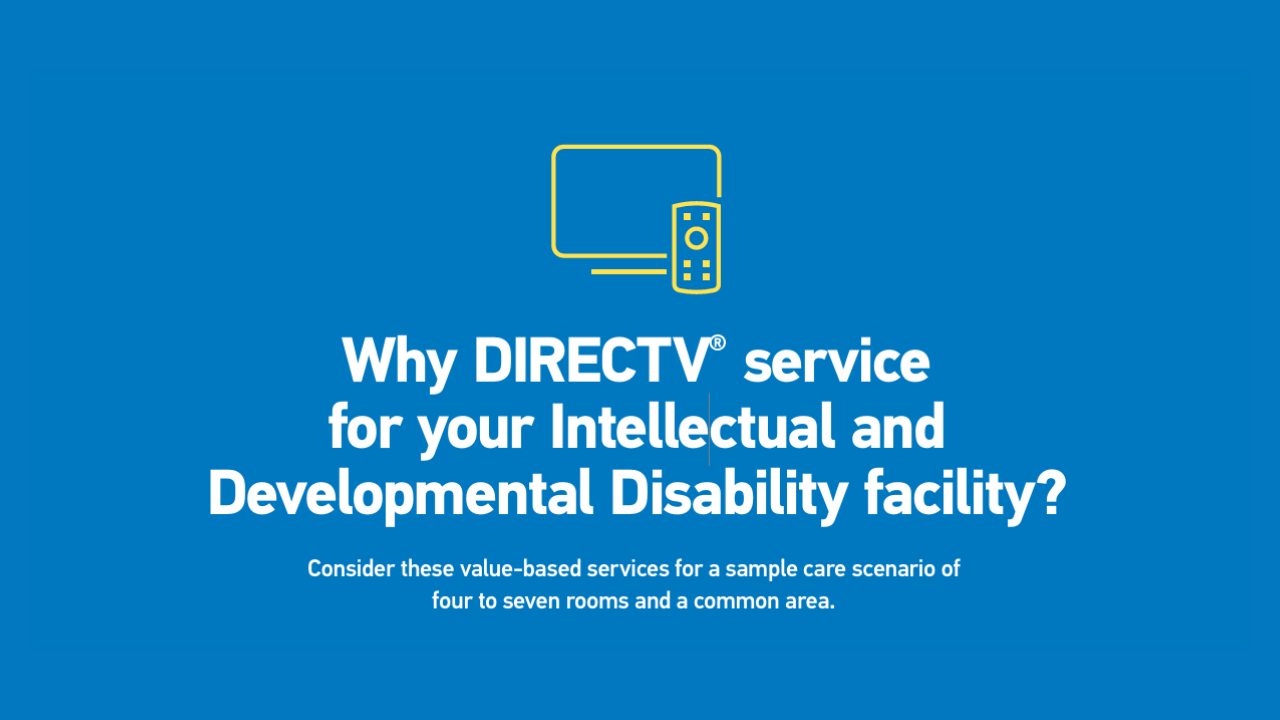Capacity-Building Tools
Sample Shared Living Contract
Share this page
Stay Informed on the Latest Research & Analysis from ANCOR
More Resources
Capacity-Building Tools
DSP Recognition Week 2025 Social Media Toolkit

Fact Sheets

